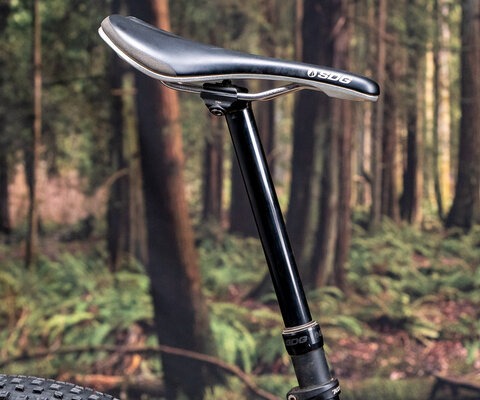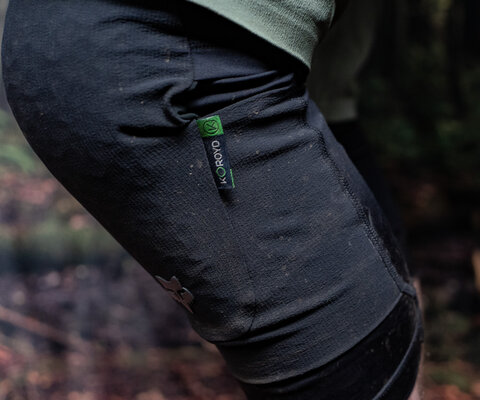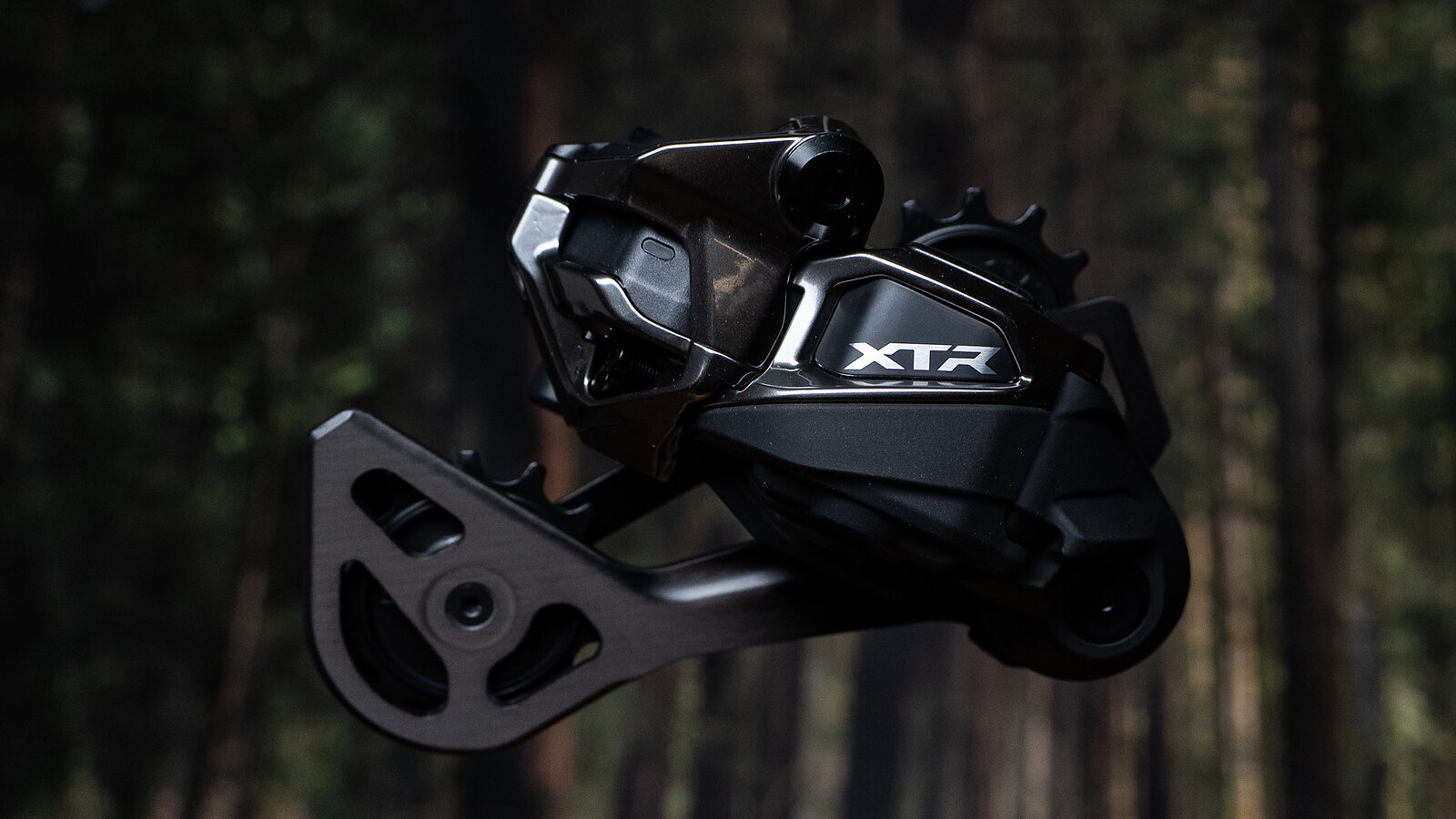
Shimano XTR Di2 Wireless Drivetrain Component Review
Words and Photos by Cy Whitling
Quick shifting, without cables.
After years of rumors, leaks, and speculation, wireless Shimano Di2 XTR is finally here. It’s sleek, shiny, and unquestionably Shimano. Before we get too bogged down in the details, here’s the short version: Wireless Di2 XTR M9200 is backward-compatible with cable-driven cassettes and chains. It shifts well under load. It shifts really fast—faster than the competition. It should be more robust, easier to maintain, and should stay shifting well for longer than the previous generation. It still mounts to any derailleur hanger. It still has limit screws and a B-tension screw. It’s still unapologetically light, expensive, and race-focused.
So, in many ways, Di2 XTR M9200 (I’ll be calling it “new XTR” or just “XTR” from here on out) is exactly what you’d expect. But there are a few changes and options that are worth exploring. And Shimano is releasing a new line of XTR brakes today as well, so go read our review for a breakdown of those.
Shimano XTR Di2 M9200 Wireless Drivetrain Overview
- Gears: 12
- Cassette range: 10-51T or 9-45T options
- System Weight: 1735 g (10-51 cassette, derailleur, shifter, cranks, chain, and battery
- MSRP: $1,985

Design Language Battles
Shimano and SRAM have engaged in a decades-long back-and-forth for drivetrain dominance. SRAM drops a 50-tooth cassette, Shimano does one better at 51, SRAM responds with 52. Of late though, Shimano’s patience and lack of hurry to iterate has been very obvious. SRAM managed to run through two iterations of wireless drivetrains (AXS and Transmission) before finally swinging all the way back ‘round to cables this spring, in the time it’s taken Shimano to jump from its previous 12-speed setup to this new wireless one.
Upon unboxing the new XTR components, I was struck by their industrial design. Shimano prioritized flowing shapes, organic junctions, and more ornate ribbing and features. The contrast to the more angular, geometric, and industrial-looking SRAM components is very clear. If you’ve ever played the video game Halo, SRAM feels very USNC-coded. Transmission derailleurs and the Battle Rifle feel like they’re part of the same universe. Similarly, this new XTR derailleur looks like it could mount up to a Covenant Plasma Pistol and fit right in.
I’m not convinced that one looks “better” than the other, but I do appreciate that mountain bike drivetrains haven’t solidified into one common visual language, differentiated only by logos. Variety is cool.
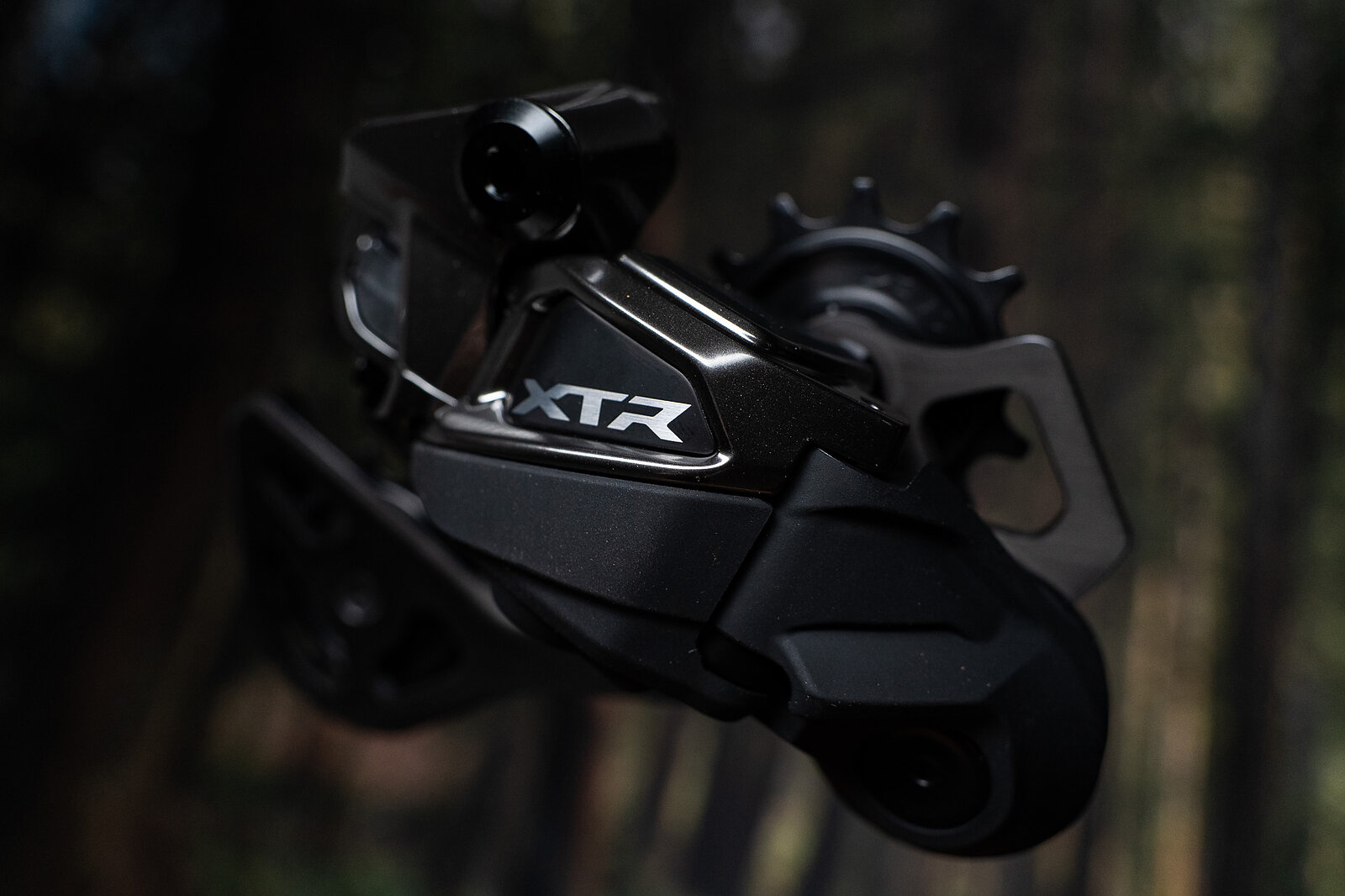
What’s new with new XTR?
Most of the obvious changes to this drivetrain have been made at the derailleur so we’ll start there. Shimano says that there were two primary goals with the new XTR derailleur: first, make it more robust, more able to take a hit. Second, make it sleeker, slimmer, less prominent, so that it was less likely to take that hit.
According to Shimano the new XTR derailleur has been aggressively tested with the strongest hangers available to make sure that the hanger is the failure point in an impact. It also has replaceable plastic bumpers in common impact areas, and an impact recovery system that should allow it to take a hit, reset itself, and keep on shifting. The cage has been redesigned to protect the pulley teeth, and those pulleys are now solid so that there’s no chance of debris locking them up. Additionally, Shimano has worked to refine the shape of the leading edges of the derailleur so that it either avoids impact entirely, or allows them to slide and glance off. That’s long been a Shimano tenet with its Shadow tech, and this is the natural next evolution.
Inside that new profiled section, there’s no longer a clutch. Shimano says that while the clutch worked very well when properly maintained, too many folks skipped adjusting and maintaining their clutches, leading to sub-optimal performance. That was my experience as well with previous generation Shimano—I found that, at its best, it performed noticeably better than SRAM, but it required much more attention to keep it at that best.

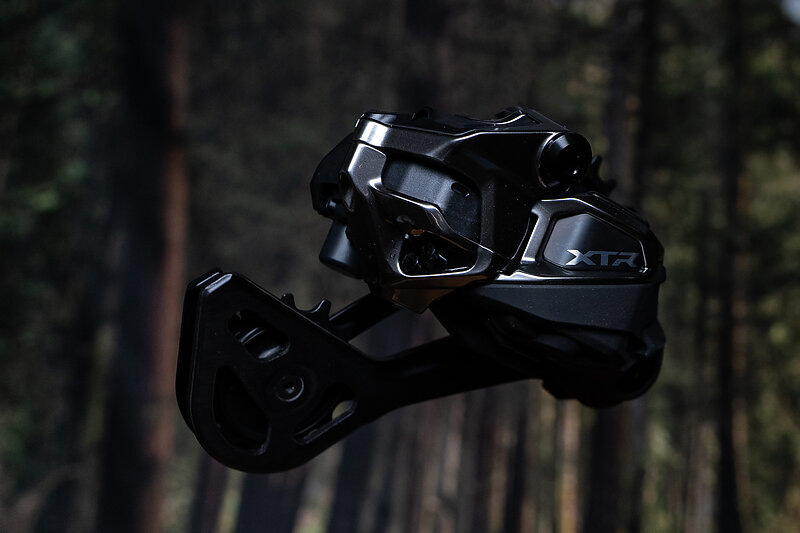
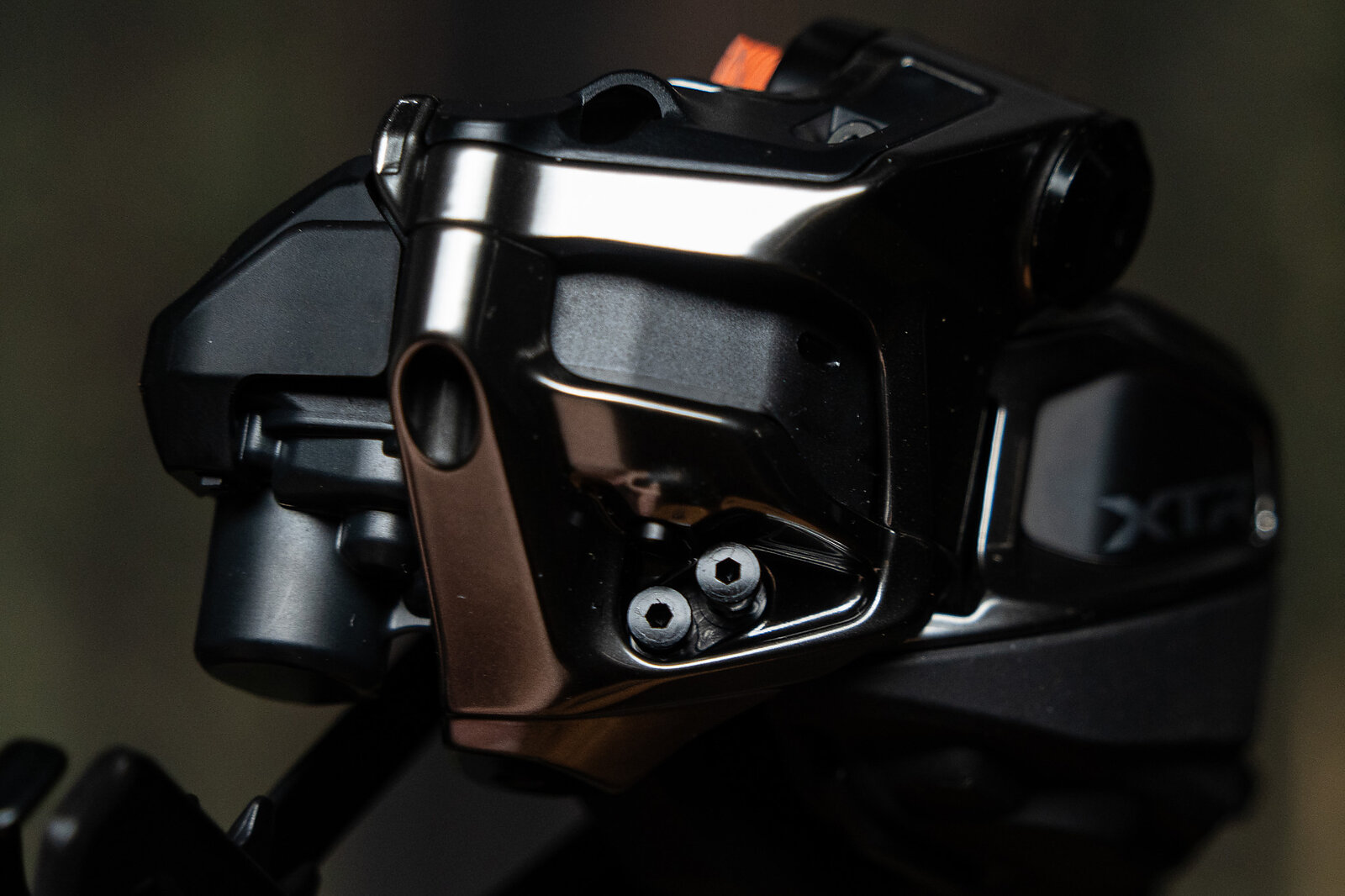
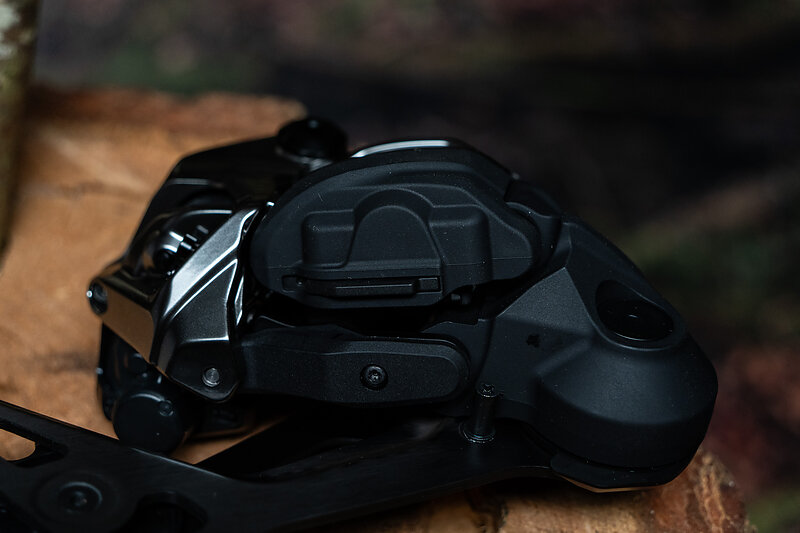
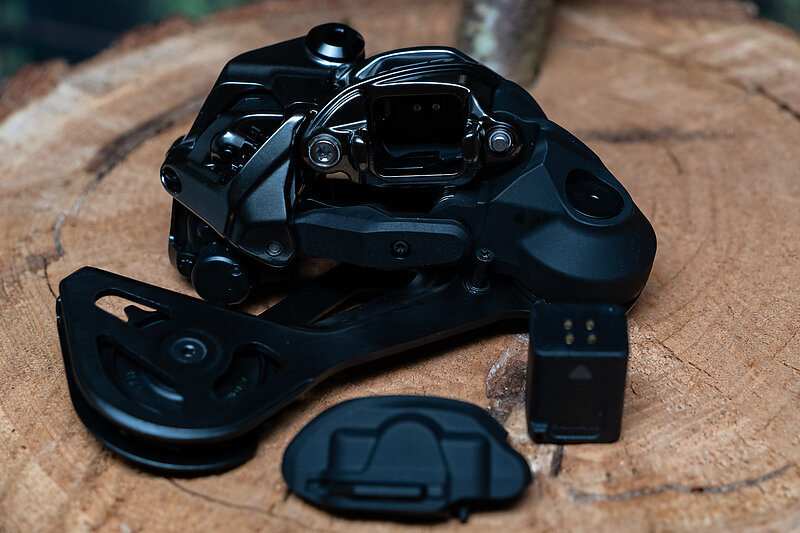



Instead, the new XTR derailleur uses a dual-spring system to keep the chain tensioned, while also allowing you to remove the wheel. No more forgetting to turn your clutch back on, or needing to buy the special grease for it. So far, this system has worked well for me, although it’s not quite as easy as the “lock it wide open” approach that SRAM takes.
The new derailleur design also creates more chain wrap, and a higher chain tension, both of which Shimano say are good for drivetrain longevity and shift consistency. This also allows for Auto Shift on Hyperglide cassettes on e-bikes.
Finally, there’s a battery inside that derailleur. The 305mAh unit slides up, inside the parallelogram, and is secured by a locking cover. It’s very well protected from incidental impacts and the elements, and Shimano says that it has marginally more capacity and range than a SRAM AXS battery.

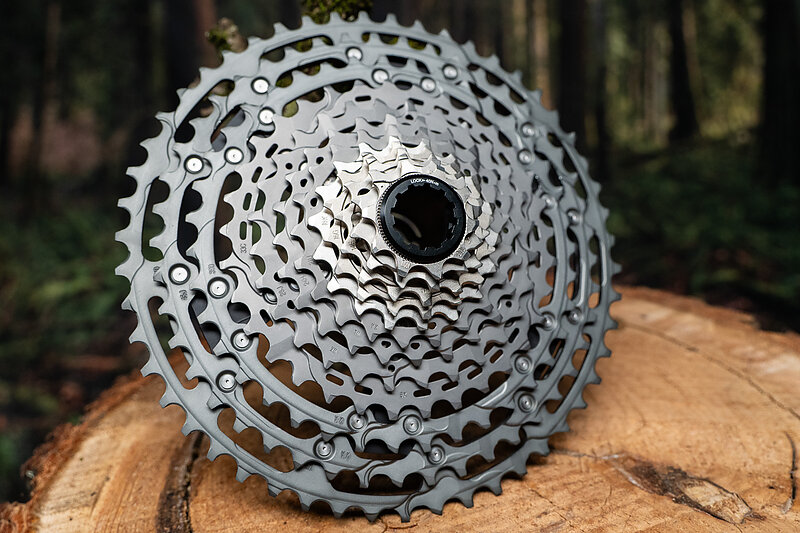
The 10-51 tooth cassette uses a slightly different profile to improve shifts and lose a little weight, but the system is completely backward-compatible with existing 12-speed Shimano cassettes as well. The same goes for the chain. This is still a HG+ system, and you’ll be able to buy just a derailleur, shifter, battery, charger, and quick link upgrade kit.
The cross-country cranks use “Shimano’s lightest ever-hollow forged arms” but the enduro cranks actually get a little heavier (and a lot stronger) than the last version. They are available with a 168-millimeter Q-factor for cross-country, and a 176-millimeter option for everything else. The enduro cranks will be available in lengths from 160 to 175 millimeters, and the cross-country cranks will be available from 165 to 175 millimeters.
The chainring mounted to those cranks now uses a 0-millimeter offset for a 55-millimeter chainline, as opposed to the -3 millimeter offset of the old rings. So don’t get too loose with your mixing and matching of cranks and chainrings, since you could end up with some radically different chainlines.

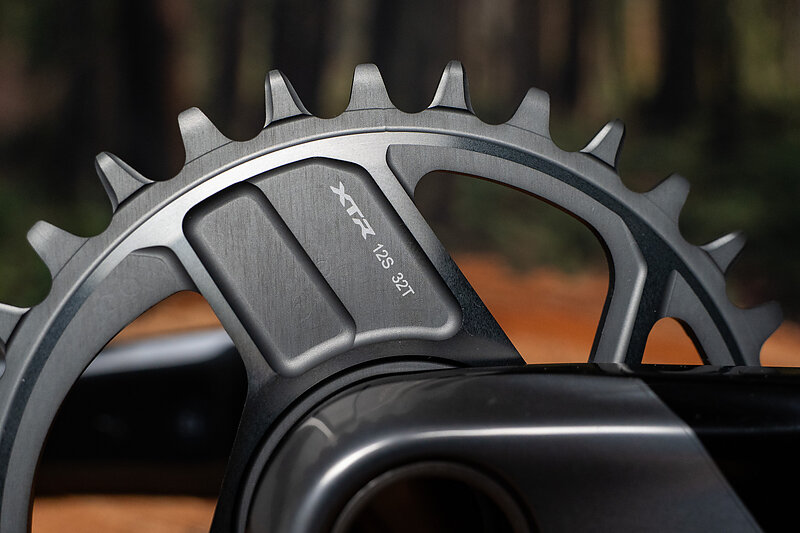
Finally, up at the bars, there’s a new electronic shifter that looks a lot like, well, a shifter. This new shifter is excellent. Each lever is very adjustable, and has a nice rubber coating. You can double click these buttons, and the haptic is light, consistent, and pleasing. It feels like in its quest to redefine the shifting experience, SRAM has taken a long, winding road to something that doesn’t look like a shifter, but works almost as well.
Shimano, on the other hand, just made a really good shifter that works quite nicely. This is the current bar to beat for mainstream electronic shifting, excluding third parties like Zirbel. You can adjust the shift speed and function of each button in Shimano’s app. The shifter has a third button that defaults to setting trim for on-the-fly race runs, but can be programmed to do just about anything else you could desire.

The most exciting Di2 XTR option
Up top, I mentioned that XTR is available in a 9-45 tooth racing configuration. This is not, unfortunately, the kit I’ve been able to use so far, but it does look like the most exciting permutation. It uses a new 9-45 tooth cassette that gets you 500-percent gear range as opposed to the 510-percent that the 10-51T gets you. Shimano says that this smaller cassette gets you 23 millimeters better clearance at the bottom of the cage, 8 millimeters at the chainring (because you’ll run a smaller chainring to maintain a similar climbing gear) and 70 grams of saved weight.
This is, effectively, the racer permutation of this drivetrain. Lighter, less likely to hit things, and plenty of range for most riding. For folks who dream of smaller, simpler drivetrains, it’s great to see that Shimano is still dedicated to making a medium-cage option.
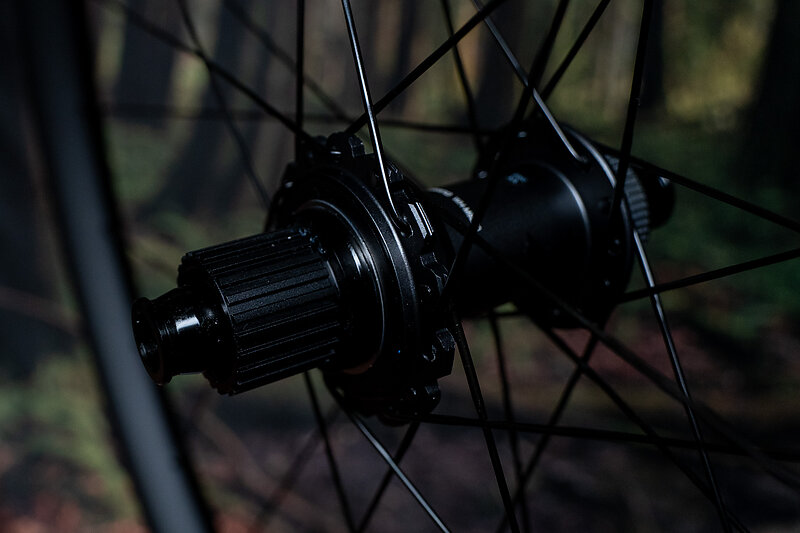
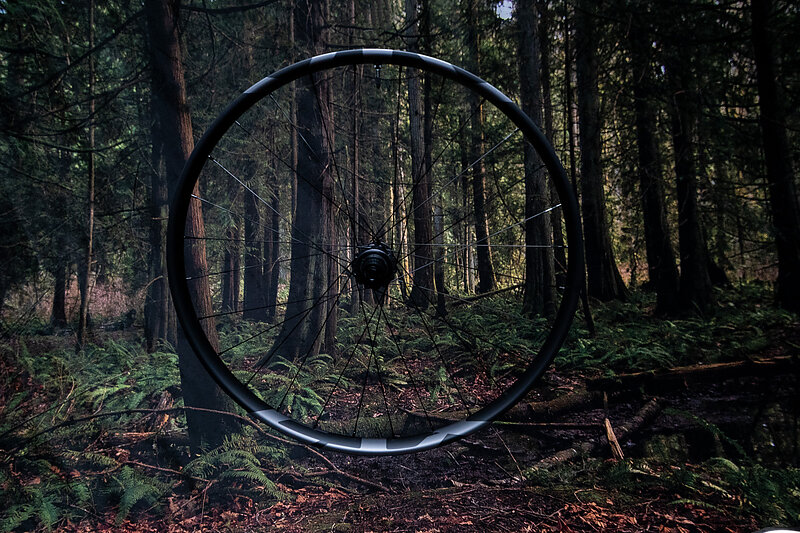
New Wheels
Yep, that’s right, Shimano is also releasing a new XTR line of carbon wheels. Unsurprisingly, they are available with MicroSpline, CenterLock hubs only. More surprising though, they use cartridge bearings. They also have new labyrinth seals, and have 3.5 degrees between engagements.
The cross-country variant uses titanium spokes and lightweight tape for a ridiculously low claimed system weight of 1,157 grams, at $2,400 for the set. The enduro version weighs 1,791 grams, and costs a reasonable $1,715. You can have any spoke count, rear spacing, and wheel size you want, as long as it’s 28 hole, 148 millimeters, and 29 inches. The enduro rims have a 4-millimeter thick rim bead, and are 30 millimeters wide. So far my set has been easy to set up, and has a nice ride quality. They’re not the stiffest or most compliant, instead they strike an easy middle ground.
XTR Di2 Weights and Prices
In typical Shimano fashion, there are a lot of SKUs here, so I’ll just focus on the drivetrain I’ve been using. Here’s a breakdown of the price and measured weight of each component.

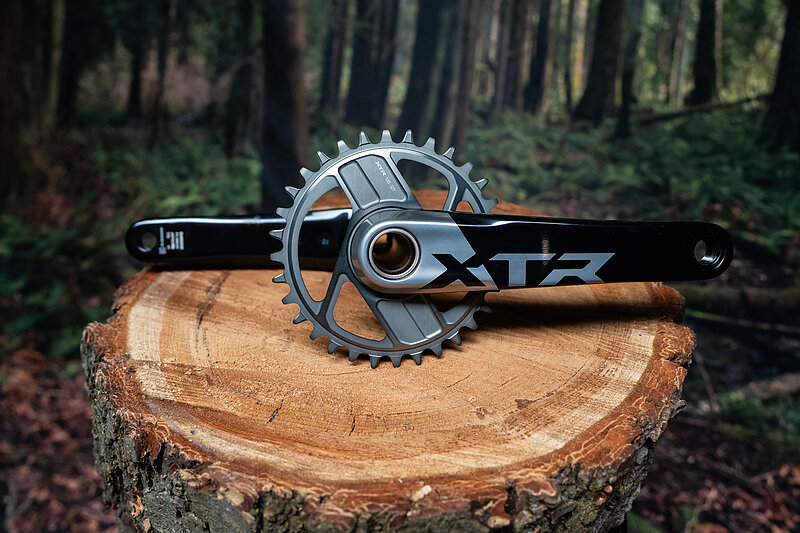
Compared to SRAM’s Transmission groups, XTR weighs almost exactly the same as the 1,732 gram XX group, and costs $64 less. It’s about 69 grams lighter than XO, and costs about $350 more. In short, nothing surprising is going on here. It costs about the same, and weighs about the same as the competition.
My back of the napkin math says that wireless XTR is about 61 grams heavier, and $600 more expensive than existing cable-driven XTR.
This is Shimano’s top-end drivetrain. It’s not meant to be affordable. If we see Di2 trickle down to the XT, SLX, or Deore level, I’ll run a deeper price breakdown, but again, this is a Gucci drivetrain, for expensive bikes. You can buy just a shifter, derailleur, quick-link upgrade kit for your existing cranks, chain, and cassette for $1,684.
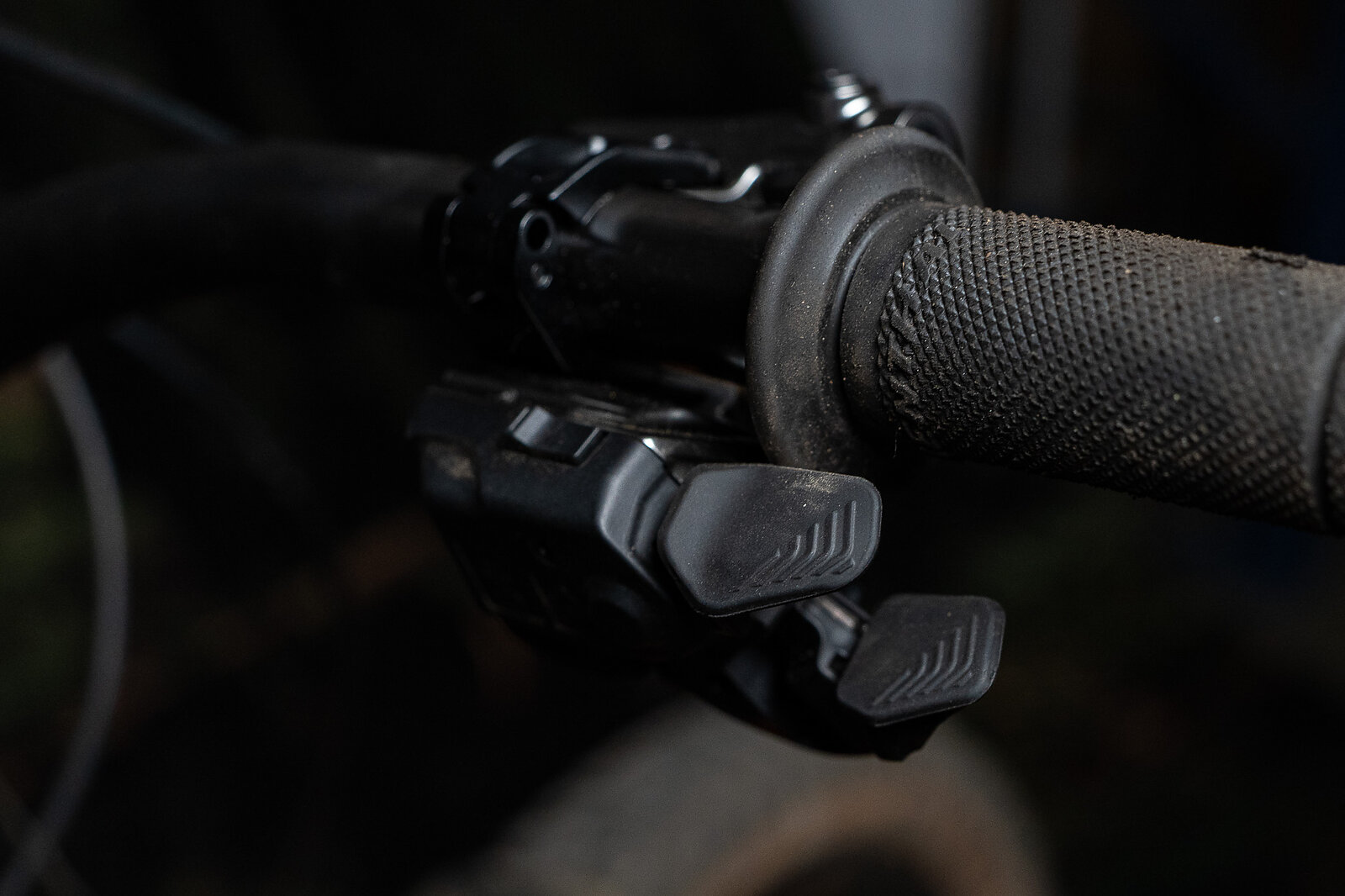
XTR Di2 Installation and Setup
The new XTR installation process is very Shimano. That is to say: read the instructions, make sure you have the right tools, and it should be relatively straightforward. Make sure you have the right chainring installation tool, it’s not the most common, and remember that you’ll need a plastic adapter to use the XT bottom bracket tool with an XTR one.
I did have some trouble initially getting my shifter to connect to the derailleur, but Shimano’s E-Tube app allowed me to plug in my serial number and get everything communicating. The app looks a little clunky, but actually performs very well. In the app, you can set your default shift speed, or limit it to single shifts. It's worth noting that Shimano proudly supports multi-shifting for e-bikes, however, in e-bike mode, it delays the last half of the final shift step during shifts to larger cogs to make sure that the chain moves betweeen shift gates. You can also change what each button does on the shifter. It’s a nice contrast to the SRAM app which looks shinier and more refined, which makes its occasional crashes all the more frustrating.
The Shimano app doesn’t spit out the correct chain length for your bike—you’ve got to do that the old fashioned way—but the derailleur does have a handy mark for setting B-tension, and I continue to revel in how easy it is to set limit screws on electronic derailleurs.
This is also a good time to dial in that shifter feel. Each lever has individual bolts which allow you to change the angle and location of each paddle to your liking. I found that this makes it easy to create a shifter setup which looks good, and feels terrible on the trail, so make sure that you can actually reach each lever in the heat of the moment. I landed on a setup that’s very similar to a traditional Shimano shifter. It turns out they nailed those ergonomics the first time around.
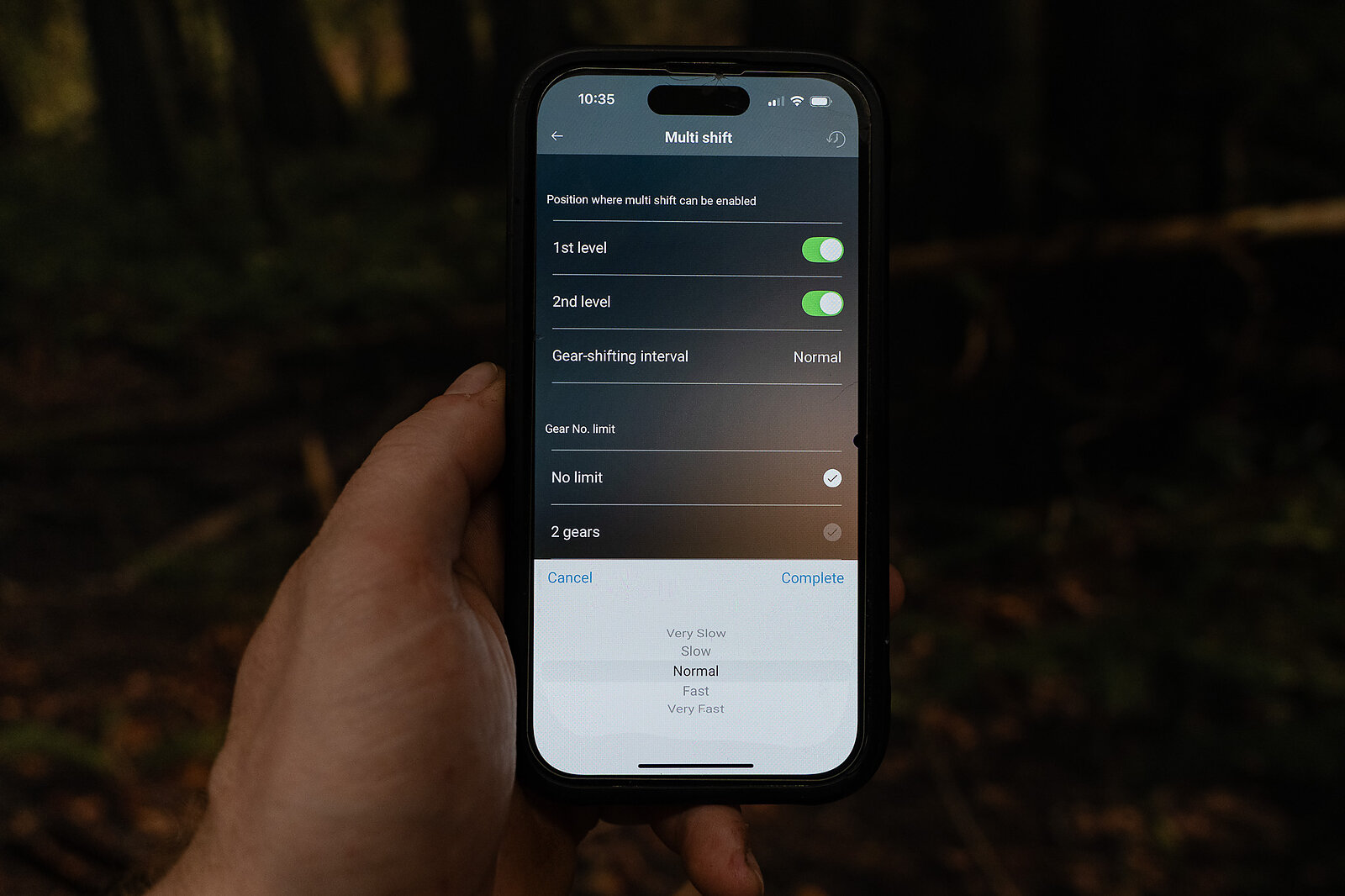
XTR Di2 Performance
That was a lot of preamble, how does the new XTR ride? Short version: Like old XTR, but even faster and a touch smoother. The Shimano experience is very consistent and familiar. Shifts feel like you’d expect them to, and sound just like the old cable-driven days. But you can make them so fast. I have my system set to just shift gears as fast as it can while I hold down the button, and it’s wild how quickly it can slide up and down the cassette.
In the past I’ve described Transmission’s shifting under load as "perfectly crunchy granola." That is to say the shifting is not effortless and completely smooth; it makes a predictable amount of noise, you get a predictable amount of pedal feedback, and eventually your chain gets to where it’s supposed to be. I’d describe the new XTR as having a gentler, finer crunch, with less clumps. It’s still not perfectly smooth, but it’s as smooth as I think we can ask for with a chain-driven drivetrain. And it’s fast. It’s fast enough to get yourself into trouble, or out of it, if you’re lucky.
SRAM’s wireless Transmission slows down consecutive shifts so that your derailleur never gets too far ahead of the chain. This means that it never really jams all the way up as long as you keep the pedals moving, but on the flipside, it doesn’t get from Gear A to Gear D quite as quickly as old AXS or Shimano do.
This new XTR doesn’t put that same limit on you. You can adjust it to shift terrifyingly fast, absolutely blowing through the drivetrain. And if you’re a cross-country racer with finely-tuned legs who needs to make big jumps in gearing, this can be rad. But, on the flip side, if you’re an e-bike dad who isn’t sure when his boost is going to kick in, I think you’ll be able to get yourself into big, chain-breaking trouble. In some ways, it feels like SRAM has put training wheels on the shifting experience: push the button whenever you want, and the shift will happen at close to the right time. Shimano does not include those training wheels.
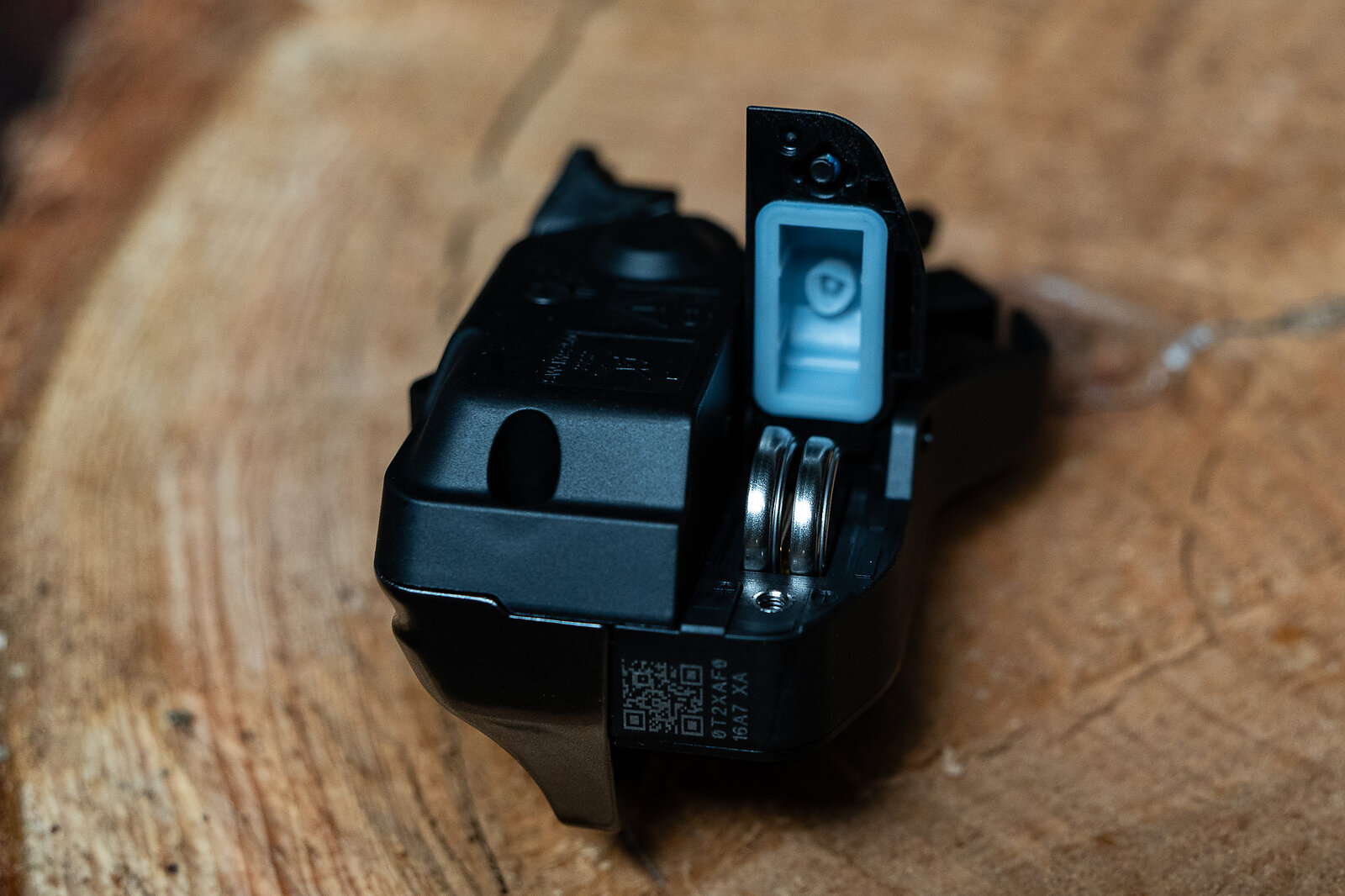
I’ve become quite accustomed to Transmission’s shifting speed in the last couple of years. I’m used to pushing a harder gear for a few pedal strokes, instead of constantly shifting, I’m used to waiting for delayed shifts, and, most importantly, I’m used to all my shifts being very consistent. With this new XTR, most of the time, my shifts are just a little bit smoother, and a little bit faster than with Transmission. But sometimes I mess up, and they’re much, much worse than my worst Transmission shifts. The window of possibilities is bigger. I haven’t run XTR on an e-bike yet, but I’ve already felt closer to breaking a chain on the meat bike than I have in years.
Otherwise, my new XTR drivetrain has been fairly consistent. I haven’t run into anything too badly yet, so I can’t speak to durability, but so far it’s holding up just fine. It’s a touch looser and more “slappy” than a perfectly tuned previous version XTR clutch, or a new SRAM clutch, and I’ll be keeping an eye on that chain slap to see if it gets worse.
Once I’ve put six months or so on this drivetrain I’ll report back with longer-term impressions.
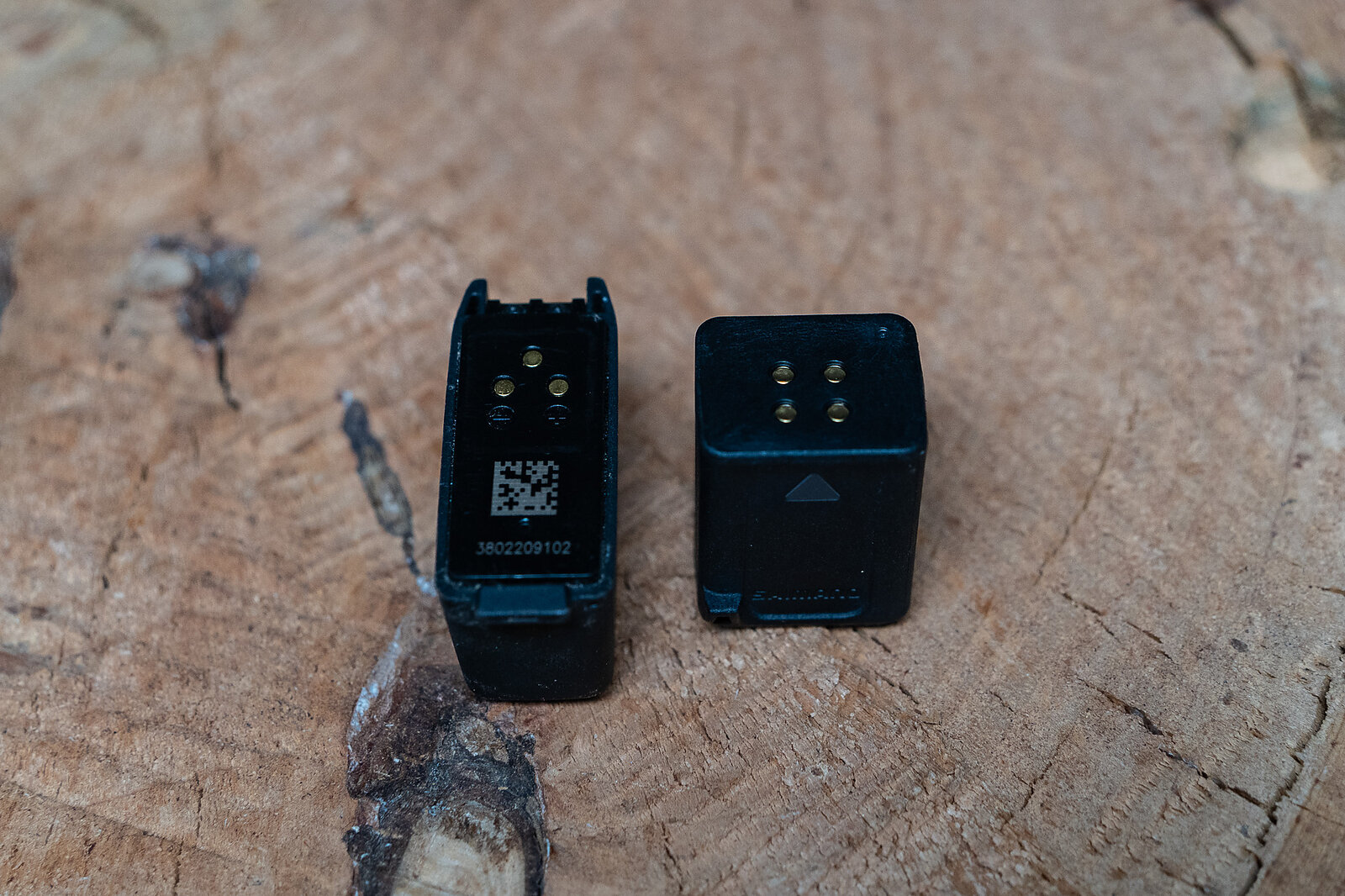
For Now
Shimano’s new XTR Di2 groupset builds on the successful foundation that its cable-driven drivetrains laid down six years ago. It’s got the same predictable feel and quick shifting under load that we’ve become accustomed to in a new, wireless form factor. But, more importantly, it should be more robust and easier to live with, and I’m excited to see how that plays out in the long term.
Learn More: bike.shimano.com
